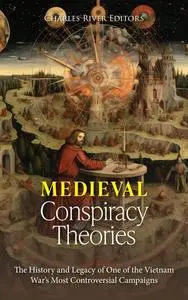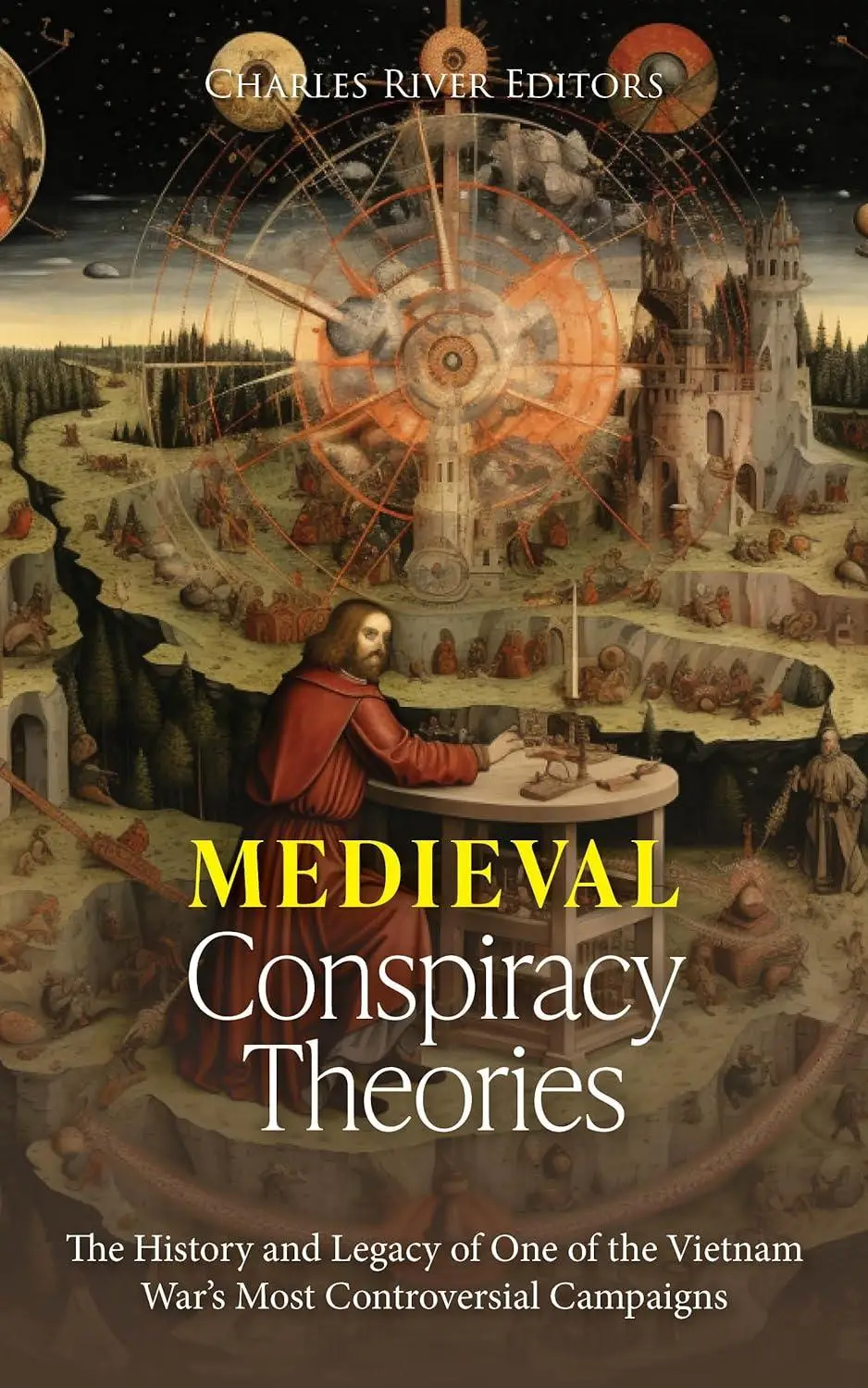Medieval Conspiracy Theories: The History of the Most Popular Conspiracy Theories about the Middle Ages by Charles River Editors
English | July 6, 2023 | ISBN: N/A | ASIN: B0CB9NYC6N | 60 pages | EPUB | 3.34 Mb
English | July 6, 2023 | ISBN: N/A | ASIN: B0CB9NYC6N | 60 pages | EPUB | 3.34 Mb
Conspiracy theories are nothing new: when the Great Fire of Rome occurred in 64 CE, Suetonius and Cassius Dio, two of Nero’s ancient biographers, were adamant that it was the emperor himself who set the fire (or ordered it set), and they are the originators of the myth that Nero played the lyre, danced around his palace, and sang “The Sack of Troy” while Rome burned outside his windows. Nearly 2,000 years later, people still believe the incredibly popular myth that Nero fiddled while Rome burned, even though no fiddle existed there at the time. The phrase remains a staple of English lexicon, and what’s often overlooked is how the actual fire and the actual events that transpired affected history, particularly that of the persecuted Christians.
Despite today’s technology, many mysteries remain unsolved, and experts and scientists do not have the answers to many questions. Occasionally, when a solution is reached, scientists keep some of those answers to themselves, and where facts fail, imagination does the rest.
Few eras are easier to let the imagination run wild than the Middle Ages, which have often been coined the Dark Ages based on a perceived lack of progress and information. Indeed, we can say that it is not completely unfounded because we know less about that historical period compared to those that come after it. In addition, it is a period marked by a great number of deaths caused by plague epidemics, crusades, and inquisitorial persecutions. Often, researchers are not even sure how and why certain events happened, and these mysteries still occupy the attention of historians.
This era was very harsh, difficult, and often gloomy. In that greyness, burdened by various fears, people were looking for something that would light up their lives and bring them a feeling of beauty and joy. People experienced all things and events around them more intensely than people do today. They often exaggerated the events that happened, giving them a mystical and divine character. For this reason, medieval sources are taken with a grain of salt and are first carefully examined before believing.
At the same time, some historical mysteries about the era may never be solved, if only because the relevant excavated material has been lost or the archaeological site has been destroyed. In other cases, it is because new evidence is unlikely to emerge, or the surviving evidence is too vague to lead to a consensus. Of course, the lack of answers only makes these enigmas more intriguing.
For example, the topic of witchcraft in Europe, once considered marginal and even frivolous, has become the subject of international debate among historians since the early 1970s. However, only a few of the many studies have paid attention to the sabbath - the nocturnal gathering of witches and sorceresses - even though the sabbath is clearly of crucial importance in the history of witchcraft and witch-hunting.
Similarly, few stories have the power to mesmerize as much as unsolved mysteries, so codes and missing puzzle pieces fill people with excitement and intrigue. What did a source want to say with that coded message? What mysteries did they hide?
Medieval Conspiracy Theories: The History of the Most Popular Conspiracy Theories about the Middle Ages looks at some of the most important and intriguing conspiracy theories about the medieval world, from their origins to their potential veracity.



